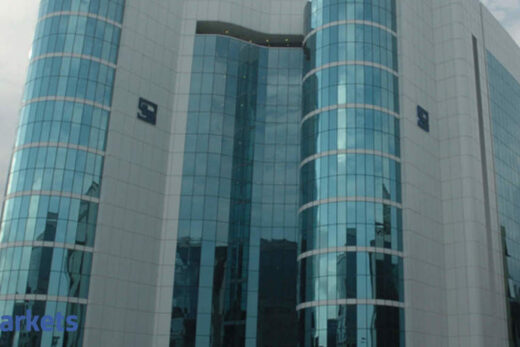How is your red-hot streak being reflected in on-ground realities?
First off, I take exception to the phrase ‘red-hot streak’, that isn’t indicative of what is happening. At least, I wouldn’t use that phrase as yet. Deal numbers and transactions have shot up across the region but we aren’t yet at the stage where you could term it a ‘red-hot streak. There are positive signs right now, is all.
I’m specifically asking about the performance of listed real estate companies and their recent rise based on exuberance from investors; the BSE Realty Index has gone up 35%, is the markets’ excitement being reflected in the real world?
There’s definitely a multiplier effect; as I was saying earlier, if the exuberance is restricted to the market and listed players, then you’re absolutely right. But the ground realities are far better than they were in the last half-decade, which is why analysts must be reading between the lines.
See, right now, India is vaccinating and at a rapid pace; the second wave of COVID-19 was one of the worst phases and if there was an upswing in that time, things are only going to get better when the country is vaccinated
On the ground too, transactions are happening and they’re much better than pre-COVID numbers and in some cases numbers are the best in the last decade. For instance Mumbai’s August numbers, and even the July numbers were the best, month-on-month.
A clear indicator that ground realities are changing, and fast.
We’re also hearing a lot of reports about consolidation. Now, clearly COVID-19 has not been great for all players in the real estate market, the first few months were just terrible. There’s already a huge chunk of developers finding funding difficult, the IL&FS breakdown didn’t really help things, funding dried up and then you had schemes from the government to bail out some players. Is there a lot of consolidation happening or has happened? Is that fuelling investor sentiment? Will the reduction of players eventually make it a sellers market?
A lot of what you just said explains the on-ground reality, however, one thing I definitely want to talk about is the phase where the mid to low end developers – who were either troubled due to lack of sales or due to financing and capital availability – have been falling out. It is evident and it has been happening even before the pandemic hit. What the established, well placed brands have done is actually a lot of cherry picking. Let us not forget that a few of them have actually gone overboard and taken up much more than what they could really digest and in some cases players who came into this with a big bag have also suffered, so net-net the result today is very clear. Branded players are the first ones to feel the exuberance in the market, they are the ones whose wares are selling much faster than the rest and it is reflected in their revenues and overall businesses.
However, the rest are not as well placed as we want and that’s where the concern continues to be. We talk about the fund that the government had created to take care of projects which were affected or stuck, it is also doing a lot. But even their plate is full because the kind of projects which are falling on them are not reducing either.
Point is, the gap between the good players and the rest of them is widening but that’s not having an impact on the inventory, not straight away at least. In fact, in the last six months, we did see inventory jump by about 8-10% and that is directly related to good developers realising the possibility of pushing more wares in the market. Those who are not really capable of managing businesses well are falling out, those who have the competencies, those who have capabilities shall remain.
Going forward, I am sure when the markets bounce back to full conviction, I am sure a lot of these players – the big ones – will also come back when the markets improve but at the moment the consolidation phase is behind us. Right now, it’s good developers focussing on increasing inventory, which is good for the industry.



